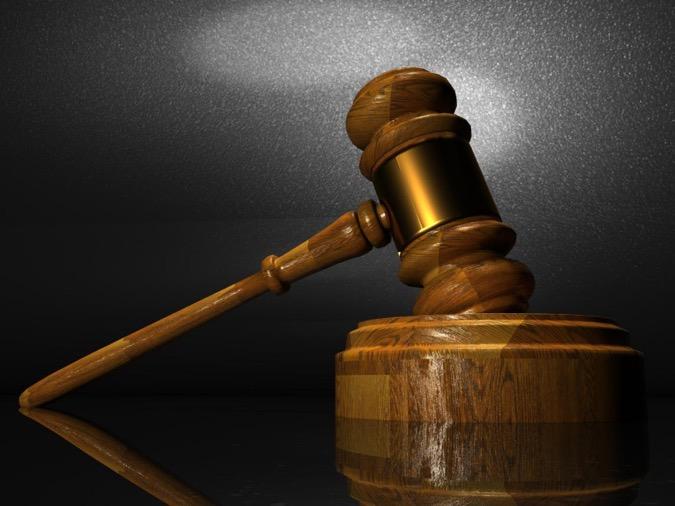Injured By Something You Bought? What To Expect When Filing A Product Liability Suit

Were you injured using a product you bought? You probably want to know what you can do about it.
The first thing to know is that if you were injured because the product was defective, you have rights. Product manufacturers, distributors, and/or retailers can be held responsible when they put a defective product onto the market.
Manufacturers (and others in the supply chain) do have defenses against such claims, like when consumers misuse the product or ignore warning instructions. If the user of the product knew about the danger from the defect and used the product anyway, that's also a problem.
People can recover for injuries received from all kinds of products, food, and over-the-counter or prescription drugs. Provided they can prove their case and there are no state laws barring recovery, you may have some options.
Here's what to expect and do to prepare for filing a product liability suit.
Seek Medical Care
Proving you got injured by the product is a big part of your case. Seek medical care right away, even if you're not sure of the extent of your injuries.
Getting medical care right away may decrease the time it takes you to recover from your injuries. It will also help document how and when you got hurt.
A delay in seeking treatment may provide the defense an opportunity to argue that something else caused your injuries or that you subsequently made your injuries worse by doing something else.
Once your doctor determines your injuries and gives their recommendations, be sure to follow their advice in full. For instance, if they prescribe physical therapy or to take medications, be sure to follow the step-by-step instructions.
Protecting Your Evidence
If you've been hurt by something you bought, keep the product along with any packaging that may have come with it. Locate and save your sales receipt. Also, keep any documentation that came with the product, such as warranties, product manuals or maintenance guidelines.
Writing down a description of what happened can help you remember the smaller details later. Include a list of people who saw you get injured, if any.
Create a folder to keep copies of medical bills, prescriptions, physical therapy and any other costs you incur. If you miss time from work, note the days down on a calendar.
Determining If a Product Is Defective
In product liability law, a product is not defective simply because it causes an injury. A product is only defective if its defect was why you got injured and you were using the product for its intended purpose.
For instance, if you were riding a skateboard and fell off of it due to your lack of skill, you didn't get hurt by a defective product. But if you fell off the skateboard because a wheel fell off, then that's a completely different story. Without someone's negligence or a defect in design or manufacturing, wheels aren't meant to fall off a skateboard.
But, if the wheel fell off because you had changed out the wheels to put on different ones, the manufacturer might have a defense against your product liability claim. These are all things that must be considered in a lawsuit.
Defects and Failure to Warn
A product liability lawsuit can be brought when a product has a design defect, a manufacturing defect, and/or when a product fails to give a proper warning for the risks that are foreseeable when using the product.
A design defect occurs when the product's design was not safe to use for its intended purpose. A manufacturer defect occurs when something happens during the manufacturing process that causes a deviation from the intended design and renders the product unsafe to use for its intended purpose.
A failure to warn happens when a product is inherently dangerous and the manufacturer failures to properly warn consumers of the foreseeable risks associated with its use. This may also be true if they fail to provide instructions on how to use the product in a safe manner.
Allocation of Fault
Sometimes the blame for injuries isn't 100% the fault of one party or the other. Depending on which state you live in, liability lawsuits can be seriously affected by how your state deals with allocations of fault.
Some states hold that if you are even 1% to blame for your injuries, you are precluded from recovering at all.
Other states raise this bar to recovery once you are determined to be 50% or more at fault. Pure comparative fault states will offset any recovery you may be entitled to based on the percentage you were at fault.
Statute of Limitations
A statute of limitations refers to the time your state requires you to file a complaint with the court in your products liability lawsuit. Failure to file your complaint in time can result in losing your rights to compensation. So, not missing this deadline is imperative.
The time and how it gets calculated varies from state to state. If you've been injured, take the time right now to figure out your state's statute of limitations. If you can't locate it or if you are unsure how to calculate it, contact an attorney for help.
You'll Likely Need an Attorney to Win Your Liability Suit
Unless your injuries are minor, product liability suits can be difficult to get resolved without help from an attorney. This is especially true when the defect in the product is not obvious.
Figuring it out will likely be costly and involve subpoenaing design documents, consulting with experts, taking depositions, and more.
Manufacturers and their insurance companies usually have attorneys on their payroll and aren't likely to shell out money to cover your damages without a fight.
So, seek out a free consultation with an experienced product liability attorney to get their advice and evaluation of your case.
Looking for more information about the law and your rights? Check out our site. We've got you covered.
More to Read:
Previous Posts:









